5 Things to Do in Little Tokyo, California
Never been before? We’ll be your trustee Little Tokyo guide with a day’s worth of fun things to do in Little Tokyo.
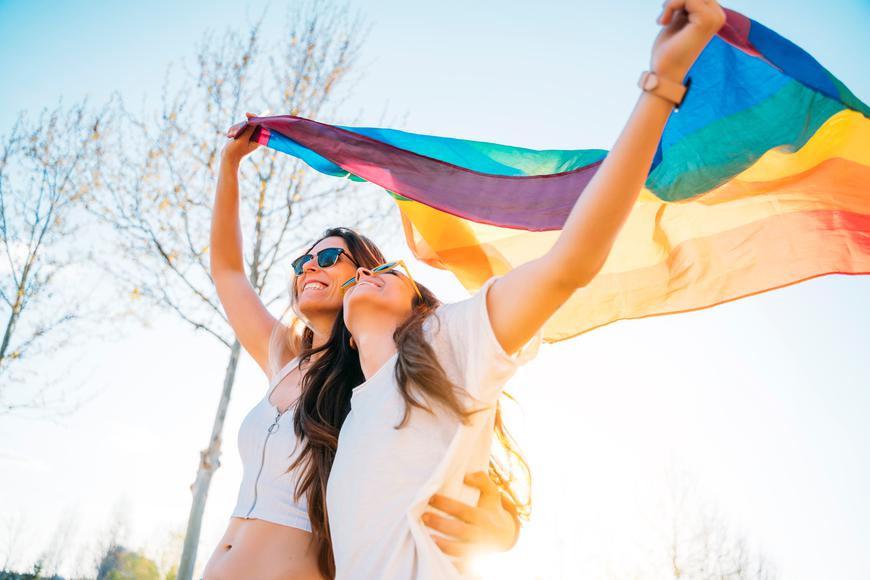
From the Compton cafeteria riots to L.A.’s 1959 Cooper Do-nuts uprising, LGBTQ+ history has long been woven into the fabric of California.
What comes to mind when you think of LGBTQ+ history? Is it the Stonewall Riots, legalization of same-sex marriage, and the rainbow flag proudly flyin’ high in the sky? You might be surprised to know that years before Stonewall, on the West Coast, strides for love, equality, and acceptance were gaining quite the momentum of their own.
You’re probably familiar with the June 1969 rebellion at the Stonewall Inn in New York’s Greenwich Village, widely regarded as the opening salvo in the American LGBTQ+ rights movement. However, California is considered the gay capital of the country. From the infamous Compton cafeteria riots to Los Angeles’ 1959 Cooper Do-nuts uprising, LGBTQ+ history has long been woven into the fabric of the Golden State.
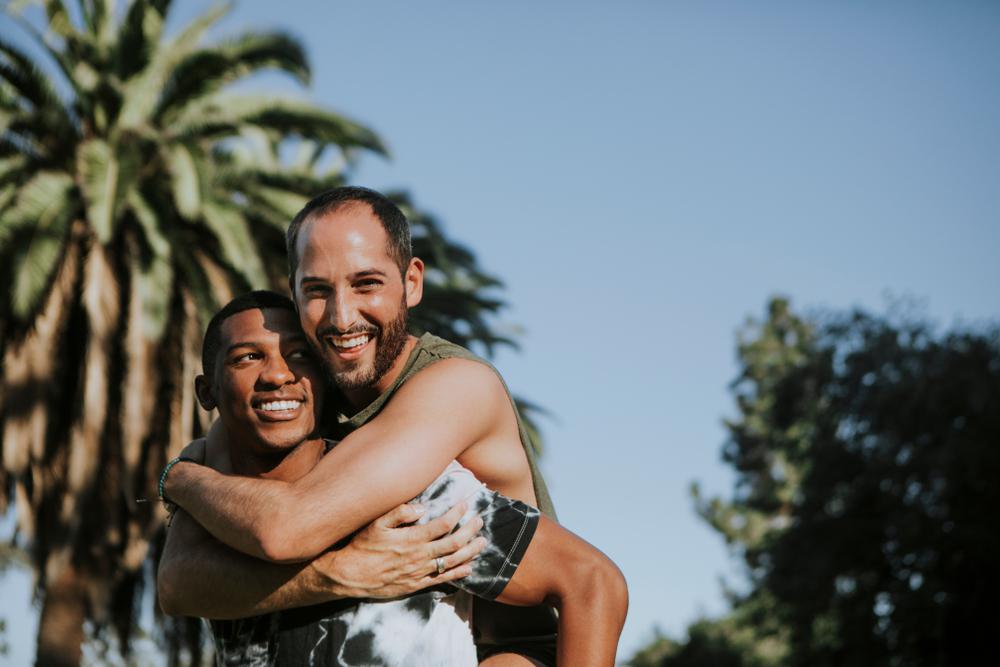
Long before the vibrant West Hollywood became the hub of SoCal’s LGBTQ+ culture, the City of Angels remained at the vanguard of queer activism. L.A. is home to the country’s first PRIDE organization (Personal Rights through Defense and Education, 1966), first gay parade (by the ad hoc Los Angeles Committee to Fight Exclusion of Homosexuals from the Armed Forces), the earliest known lesbian publication (Vice Versa, 1947), the first documented Supreme Court ruling in favor of gay rights (One Inc v. Olesen, 1958), and much, much more. And while all are no doubt momentous, the latter was a milestone unheard of at the time—plus quite the entertaining story.

Does your business rank among the best in California?
nominate a businessLearn more about our selection criteria and vetting process.
ONE Magazine was one of the first queer publications in the United States, depicting the lives, culture, and voices of LGBTQ+ Angelenos. Their routine operation was disrupted in 1958 when the Post Office refused to deliver the magazine on the grounds of the subject matter being “obscene” for the casual reader. The Post Office took particular issue with an article titled Sappho Remembered, calling it nothing more than a cheap act calculated to promote lesbianism.
The magazine did not take this lightly (rightfully so) and decided to sue the U.S. government for this painful act of discrimination. At first, everyone sided with the Post Office, with both trials and appeals court ruling in their favor. The Supreme Court, however, saw this ruling as unjust and overturned the appeal court’s decision, effectively ruling for the Post Office to deliver ONE—victory secured.
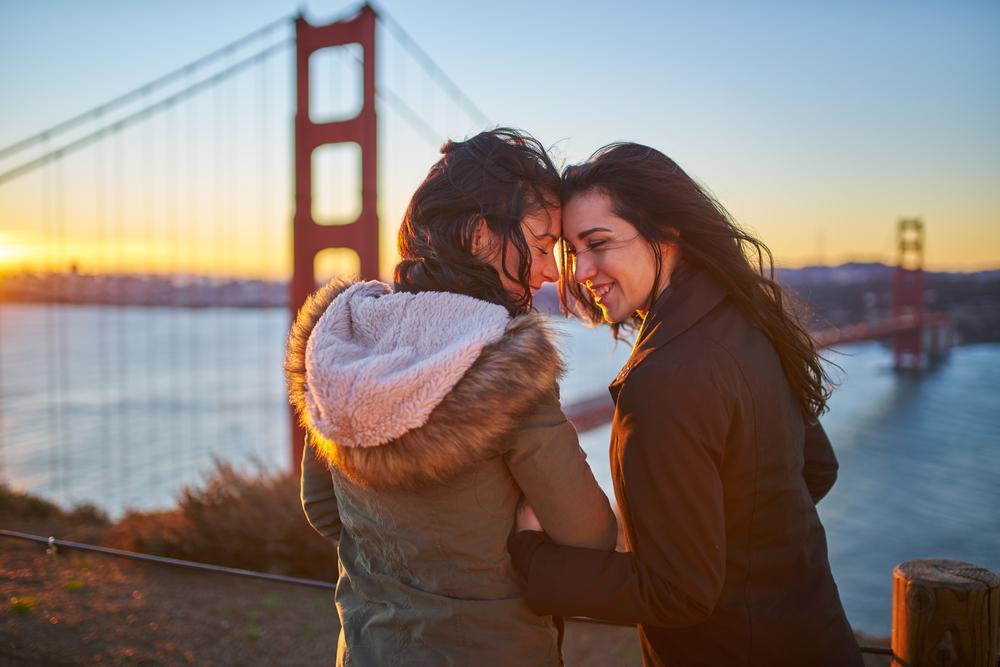
The day was June 26th, 2015. San Francisco’s streets buzzed with unique commotion—love had won that day. The U.S. Supreme Court ruled that marriage equality was a right guaranteed by the 14th Amendment, and tearful embraces flooded every corner. This was a victory long-sought and awaited by the LGBTQ+ rights movement, and everyone was ready to party it up at the 45th annual Pride Parade that upcoming weekend.
San Francisco has many reasons to be proud of playing an essential role in the gay rights movement. The first gay bar, first pride parade, the nation’s first issued same-sex marriage license—the city’s truly a trendsetter. So many “firsts” have taken place here that we felt compelled to write a little list to commemorate some of these milestones.
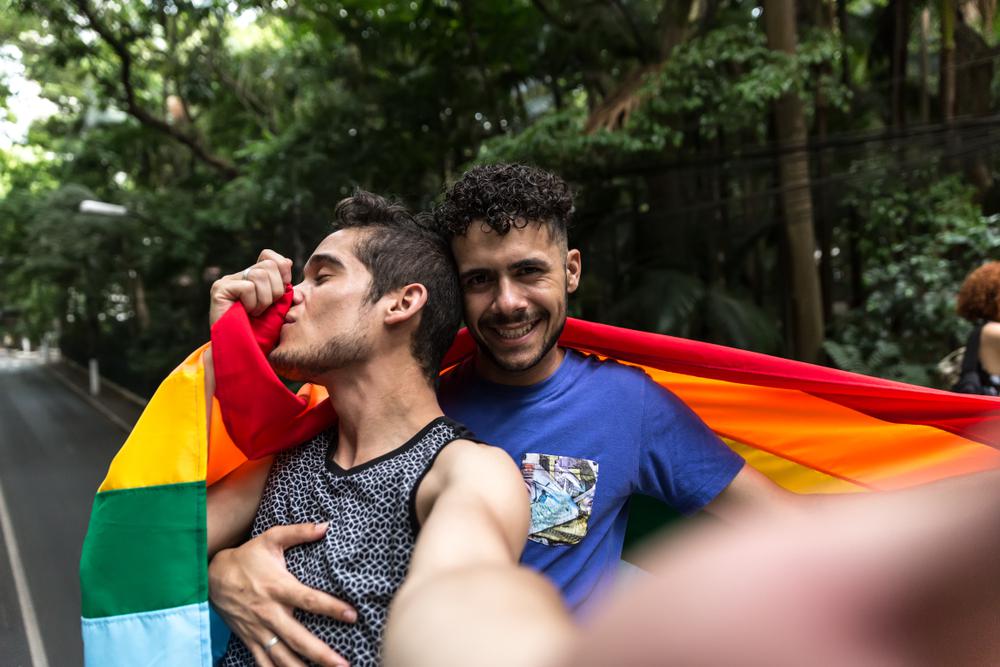
While there might have been other gay bars around at the time, none ever came close to being as notorious as The Dash. Waiters were allowed to crossdress, customers were free to be themselves, and couples were able to express their love in a space otherwise rare at the time. Unfortunately, this freedom was soon repressed as the vice squad discovered and eventually shut down the iconic bar.
The Daughters of Bilitis, the first lesbian advocacy group in the United States, was established in San Francisco. This pioneering organization took its name from "Songs of Bilitis," a poem collection by Pierre Louys, which features Bilitis, a character romantically involved with Sappho, the renowned Greek lyric poet.
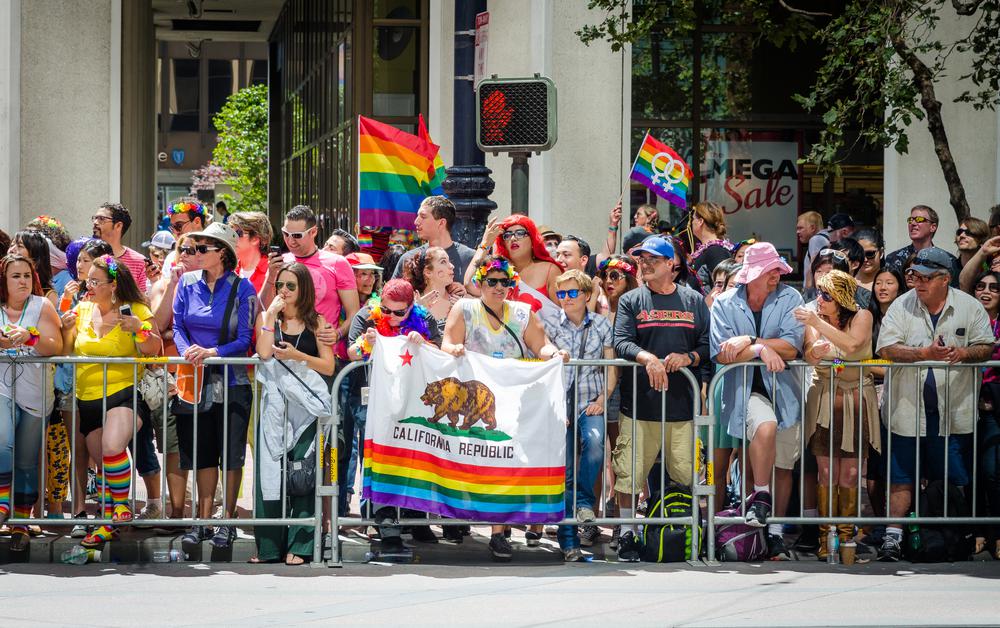
In an article titled “Gay San Francisco,” Life Magazine officially labeled the city as the Gay Capital of America. More and more people joined the movement for equality and LGBTQ+ rights.
After transgender customers had a “loud” conversation in a 24-hour San Francisco cafeteria, the management decided to call the police. And when the police officer manhandled one of the patrons, a riot ensued, eventually spilling out onto the street.
Following the riot, LGBTQ+ activists established the National Transsexual Counseling Unit—the first peer-run support and advocacy organization in the world.
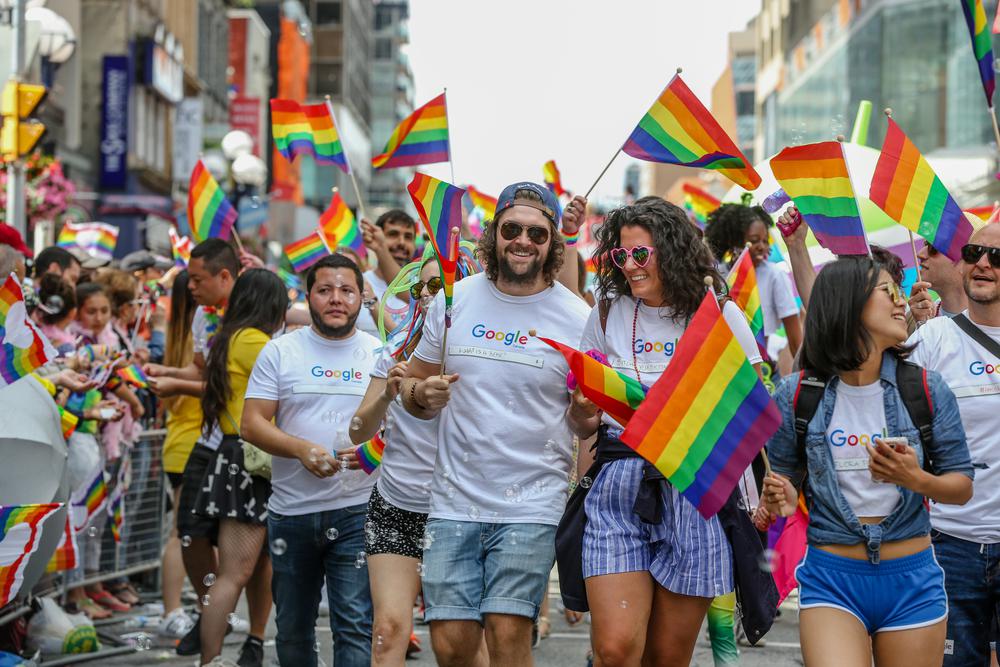
Thirty courageous individuals made a pivotal march from Polk Street to City Hall, daring to stand up for their rights during a time when being associated with homosexuality invited discrimination. The very next day, a sit-in in Golden Gate Park attracted hundreds, setting the stage for what would evolve into the Gay Freedom Day Parade, now widely celebrated as Pride.
Today, Polk Street is a vibrant hub of LGBTQ+-friendly venues, including lively bars, clubs, and restaurants. For those who prefer daytime activities, the street offers a variety of boutiques, antique shops, and eateries that cater to all palates. With most businesses being small and locally owned, visitors can immerse themselves in the authentic San Francisco experience and find something special to cherish from their visit.
With windows wide open, Twin Peaks Tavern became known as San Francisco’s first proudly gay establishment. Before its opening, other gay bars were required to install blackened windows or worse, have no windows at all. This was not the case with Twin Peaks. People were allowed to be themselves here and claim their rightful space in the vibrant city.
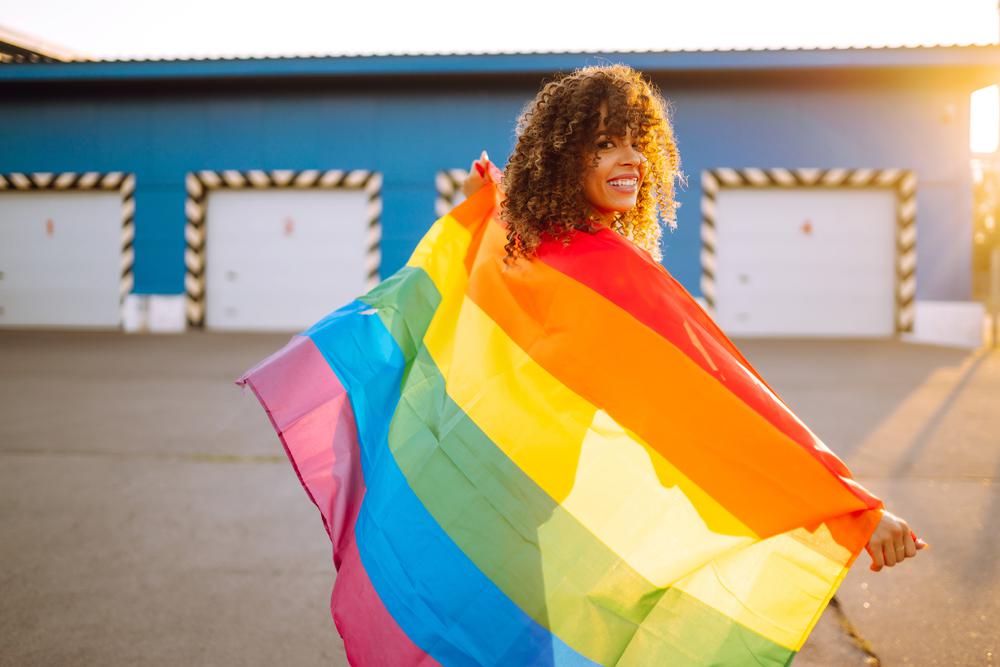
Did you know that the iconic Pride flag originated in San Francisco? In 1978, Gilbert Baker, an openly gay artist and drag queen, crafted what he envisioned as a potent emblem of pride: a colorful flag. Encouraged by Harvey Milk, one of the first openly gay elected officials in the U.S., Baker sought to create a visible symbol for the community. For inspiration, he looked to the sky, drawing from the rainbow's natural spectrum. He chose eight colors for the flag, each with its own special meaning: hot pink for sexuality, red for life, orange for healing, yellow for sunlight, green for nature, turquoise for art, indigo for harmony, and violet for spirit.
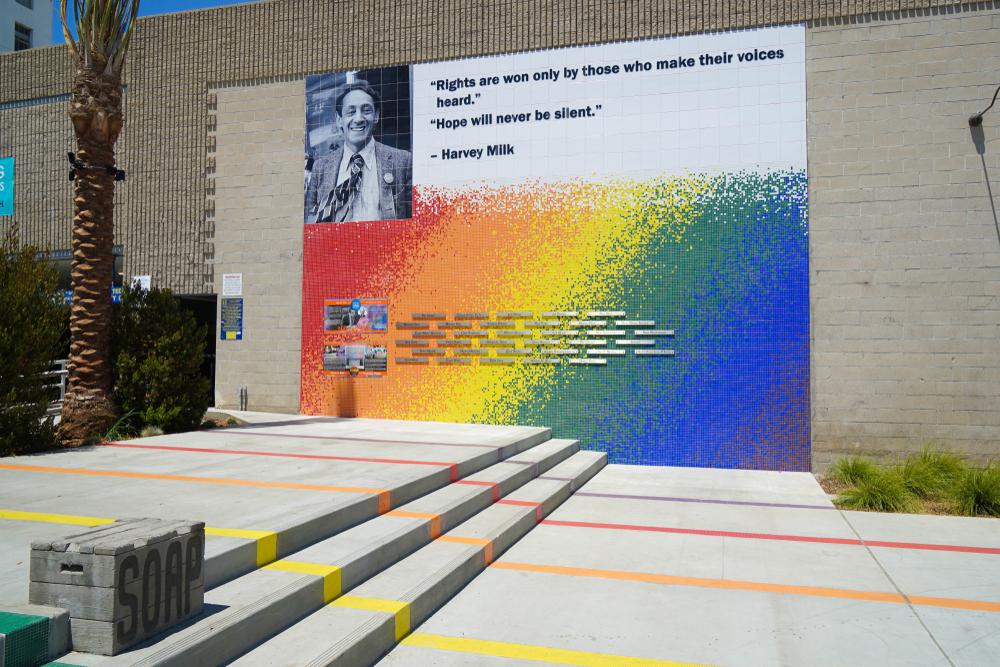
Harvey Milk, a trailblazer in American politics, became the first openly gay person to be elected to public office in California when he joined the San Francisco Board of Supervisors on January 8, 1978. Renowned for breaking new ground, Milk's political career marked a significant period in the fight for LGBTQ+ rights. His contributions continue to inspire as a key figure in advancing social change and equality.
S.F. residents Del Martin and Phyllis Lyon are iconic figures in the history of gay rights. Not only did they co-found Daughters of Bilitis, but they also became the first same-sex couple to be legally married in the United States—talk about women shaping history. Fun fact: the house they lived in is now an officially recognized San Francisco landmark.


Never been before? We’ll be your trustee Little Tokyo guide with a day’s worth of fun things to do in Little Tokyo.
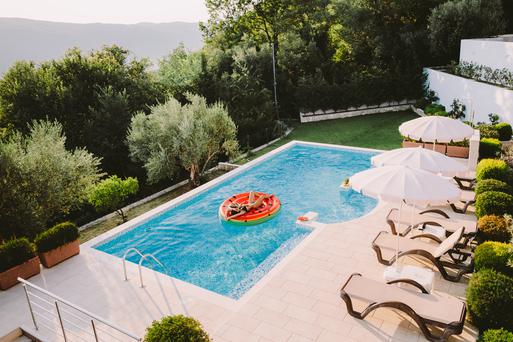
People go on Memorial Day weekend getaways as an indirect celebration of life. How do you plan on celebrating the long weekend?

From undulating mountains, to coastal expanses, to verdant forests, here are some of the top spots for backpacking in California.
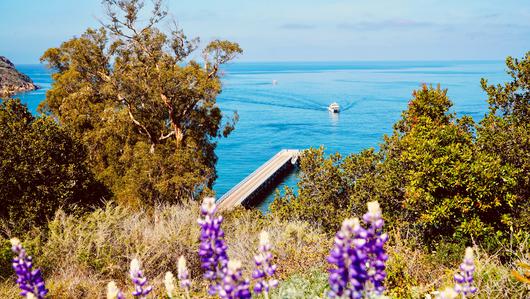
Settled off the California coast, the Channel Islands offer endless adventures. Here are the best things to do and how to get there.

